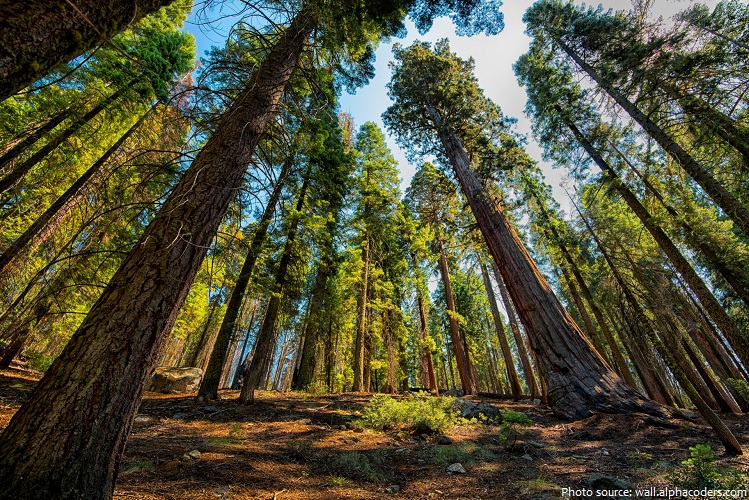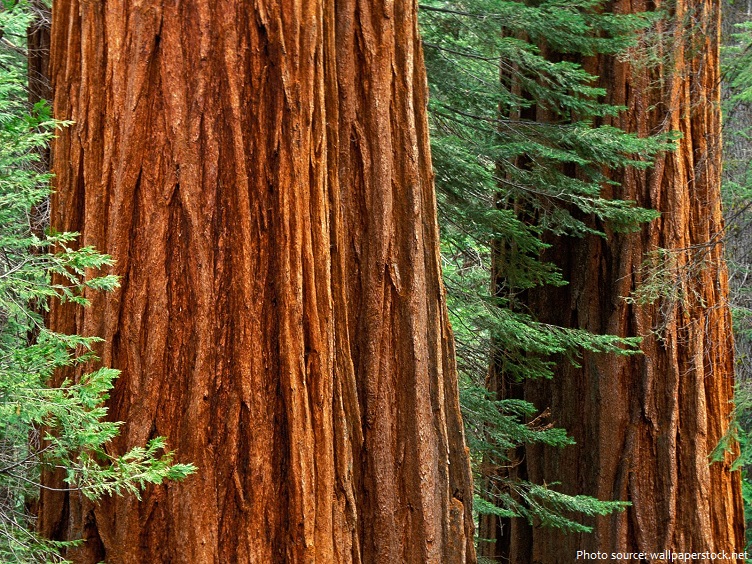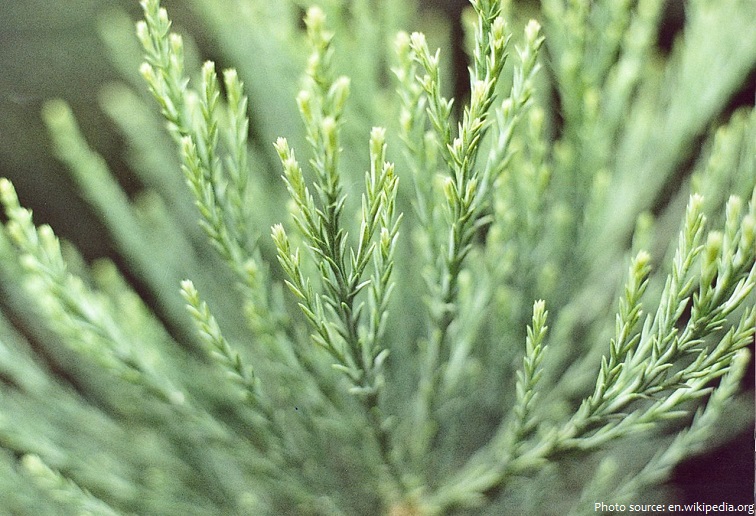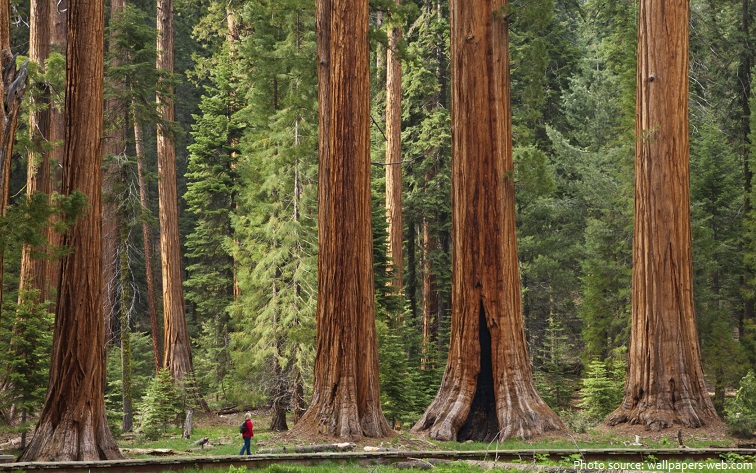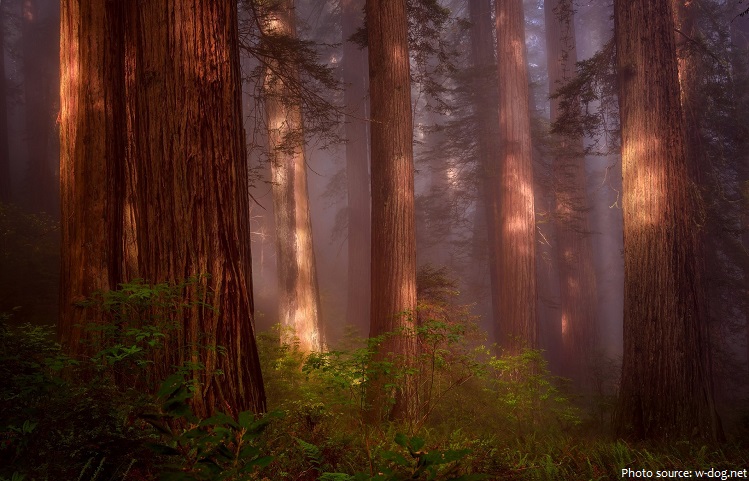The giant sequoia (Sequoiadendron giganteum) is the world’s largest tree and largest living thing by volume.
It is neither the tallest extant species of tree (that distinction belongs to the coast redwood), nor is it the widest (that distinction belongs to the baobab tree or Montezuma Cypresses), nor is it the
longest-lived (that distinction belongs to the Great Basin bristlecone pine).
However, with a height of 50–85 meters (164–279 feet) or more, a diameter of 6–9 meters (20–30 feet) or more, an estimated bole volume of up to 1,487 cubic meters (52,500 cubic feet), and an estimated lifespan of 1800–2700 years, the giant sequoia is among the tallest, widest and longest-lived of all organisms on Earth.
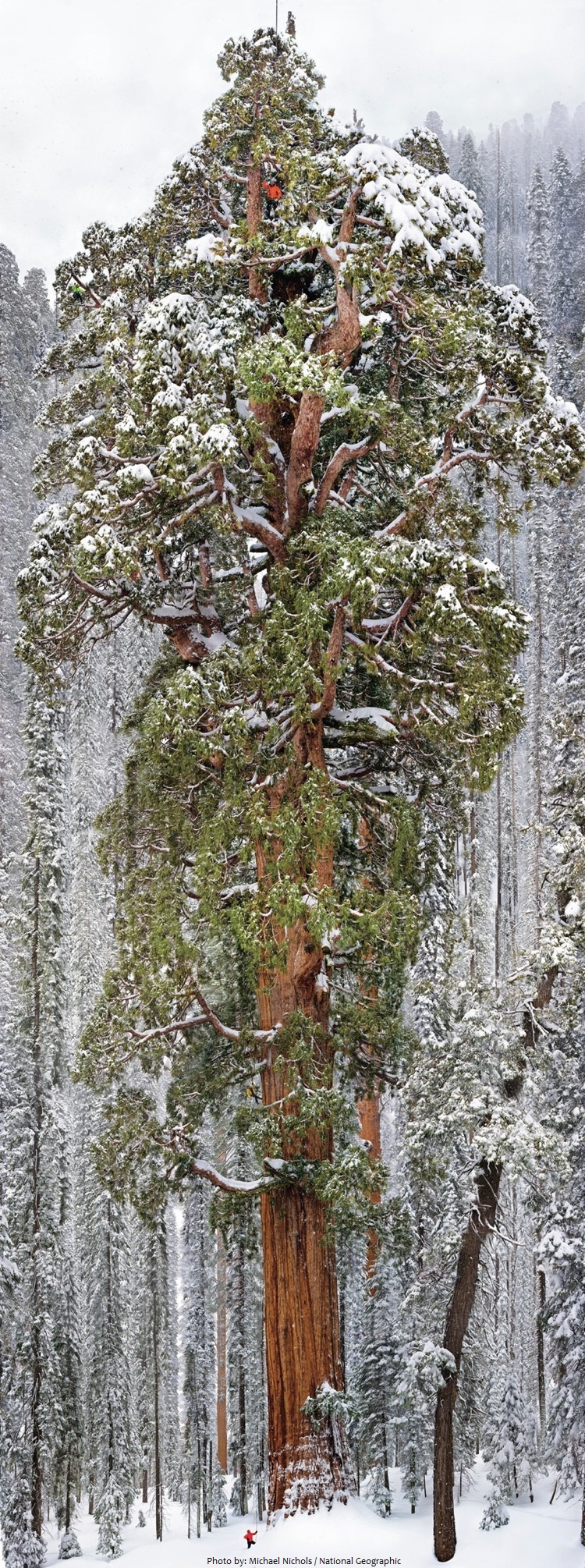
Record trees have been measured to be 94.8 meters (311 feet) in height.
Claims of 17 meters (56 ft) diameter have been touted by taking an author’s writing out of context, but
the widest known is closer to 10 m (33 ft).
The oldest known giant sequoia based on ring count is 3,500 years old.
General Sherman is a giant sequoia tree located in the Giant Forest of Sequoia National Park in Tulare County, in the U.S. state of California. By volume, it is the largest known living single stem tree on Earth. It has an estimated bole volume of 1,487 cubic meters (52,500 cubic feet). With a height of 83.8 meters (275 ft), a diameter of 7.7 m (25 ft), and an estimated age of 2,300–2,700 years, it is also among the tallest, widest, and longest-lived of all trees on the planet.
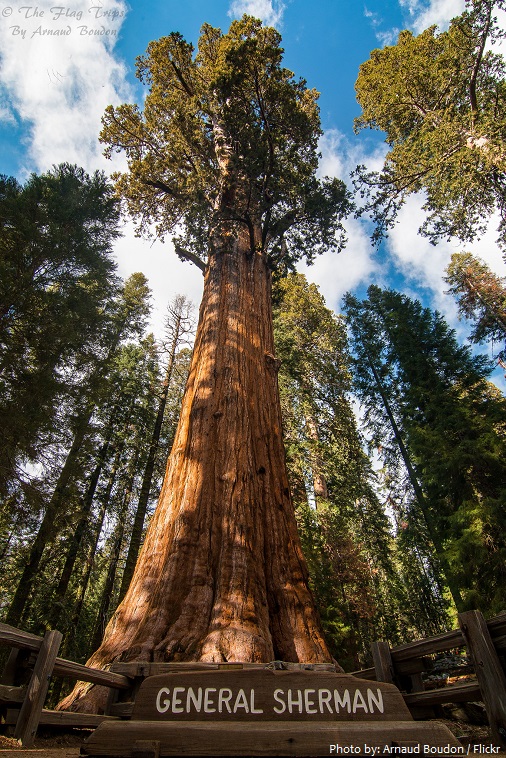
The sequoias have a matting, shallow, and wide spreading root system. There is no taproot. They only root to 3.6 to 4.3 meters (12 to 14 feet) deep even at maturity. A mature sequoia’s roots can occupy over 4,000 square meters (1 acre) of earth and contain over 2,500 cubic meters (90,000 cubic feet) of soil.
Sequoia bark is fibrous, furrowed, and may be 90 centimeters (3 ft) thick at the base of the columnar trunk. It provides significant fire protection for the trees.
The leaves are evergreen, awl-shaped, 3–6 millimeters (0.12–0.24 in) long, and arranged spirally on the shoots.
The seed cones are 4–7 centimeters (1.6–2.8 in) long and mature in 18–20 months, though they typically remain green and closed for up to 20 years; at any given time, a large tree may be expected to have about 11,000 cones. Each cone has 30–50 spirally arranged scales, with several seeds on each scale, giving an average of 230 seeds per cone.
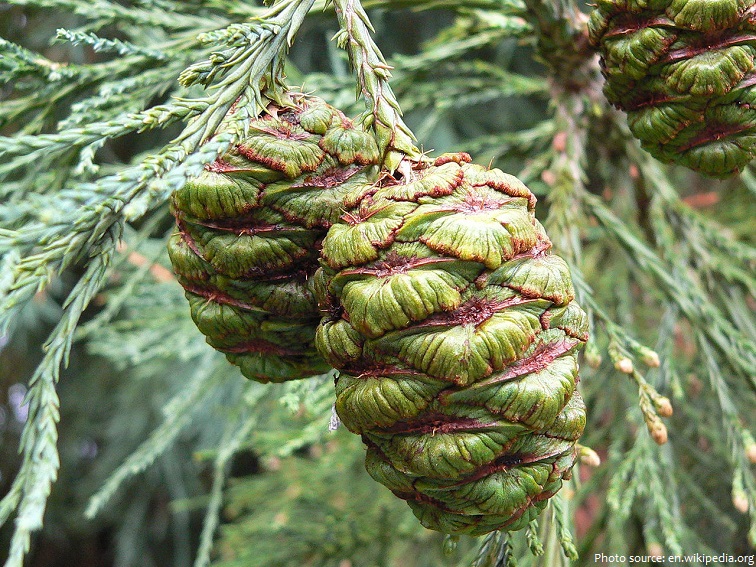
The seed is dark brown, 4–5 millimeters (0.16–0.20 in) long and 1 millimeter (0.039 in) broad, with a 1-millimeter (0.039 in) wide, yellow-brown wing along each side. Some seeds are shed when the cone scales shrink during hot weather in late summer, but most are liberated when the cone dries from fire heat or is damaged by insects. Giant sequoias only reproduce by seeds.
The giant sequoia is the sole living species in the genus Sequoiadendron, and one of three species of coniferous trees known as redwoods, classified in the family Cupressaceae in the subfamily Sequoioideae.
Originally, sequoias could be found throughout the Northern Hemisphere.
It was a reasonably common species in North American and Eurasian coniferous forests until its range was greatly reduced by the last ice age.
Giant sequoias are now native only to the Sierra Nevada mountain range of California and are found in groves at Sequoia, Kings Canyon and Yosemite National Parks, Giant Sequoia National Monument, Sequoia National Forest, and other groves scattered throughout the Sierra Nevada.
There are about 75 groves of giant sequoias.
Groves range in size from 12.4 square kilometers (3,100 acres) with 20,000 mature trees, to small groves with only six living trees.
They occur between 1,370 and 2,250 meters (4,500 and 7,500 feet) above sea level and far inland. That elevation provides the trees with dry mountain air necessary for their cones to open and release seeds.
The snowpack from the Sierra Nevada provides sequoias with the thousands of gallons of water they drink every day. They require more water than any other species on Earth.
Because they need well-drained soil, walking around the base of giant sequoias can cause them harm, as it compacts the soil around their shallow roots and prevents the trees from getting enough water.
The first widely publicized discovery of the giant sequoias was in 1852, at Calaveras Big Trees State Park. One of these trees, named the Discovery Tree, was unfortunately felled in 1853. It was determined to be 1,244 years old. Its stump was so large it was used as a dance floor.
Because of its brittle texture, the sequoia is not a valuable lumber species. It was, nevertheless, logged extensively around the turn of the 20th century.
Once Sequoia National Park was established, tourism brought a better incentive to protect the trees.
Fire is one of the major processes essential to the health of giant sequoia groves. Sequoias rely on fire to release most seeds from their cones, to expose bare mineral soil in which seedlings can take root, to recycle nutrients into the soil, and to open holes in the forest canopy through which sunlight can reach young seedlings.
Fire isn’t the only threat a giant sequoia is built to endure. Thanks to a high concentration of tannin, an insoluble chemical compound found in many coniferous trees, the trees are immune to most diseases. Not only does the astringent substance protect the sequoia from fungus, it also safeguards it from insect attacks.
In order to sustain the species, a giant sequoia needs to produce just one maturing offspring over its lifespan of several thousand years for the species to persist.
Giant sequoia is a very popular ornamental tree in many areas. It is successfully grown in most of western and southern Europe, the Pacific Northwest of North America north to southwest British Columbia, the southern United States, southeast Australia, New Zealand and central-southern Chile.
